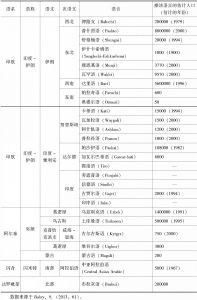章节
阿富汗
关键词
作者
王辉 ,浙江师范大学杰出教授,国际文化与社会发展学院、国际中文教育研究院院长,博士生导师,博士后合作导师,国家社科基金重大项目首席专家,全国国际中文教育专业学位研究生教育指导委员会委员,《国际中文教育研究》主编。研究方向为语言政策与语言传播、国际中文教育等。主持国家社科基金项目4项。已出版《澳大利亚语言政策研究》《“一带一路”国家语言状况与语言政策》(3卷)等。在《新华文摘》《世界汉语教学》《语言文字应用》《语言教学与研究》等刊物发表论文多篇。


